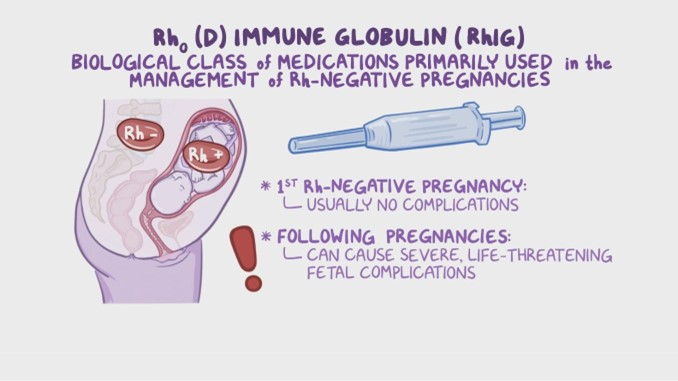A nurse is caring for a client who is at 14 weeks of gestation and has hyperemesis gravidarum. Which of the following medications should the nurse plan to administer?
Digoxin.
Calcium gluconate.
Vitamin Bs.
Propranolol.
The Correct Answer is C
Choice A rationale:
Digoxin is a cardiac glycoside and is primarily used in the management of certain heart conditions, such as heart failure and atrial fibrillation. It is not indicated for hyperemesis gravidarum, which is severe and persistent vomiting during pregnancy.
Choice B rationale:
Calcium gluconate is a mineral supplement used to treat calcium deficiencies. It is not a standard treatment for hyperemesis gravidarum.
Choice C rationale:
Vitamin Bs (B6 and B12) are commonly used to manage hyperemesis gravidarum. Vitamin B6, also known as pyridoxine, has been shown to alleviate nausea and vomiting during pregnancy. Vitamin B12 may also be administered to help manage symptoms. Both vitamins are safe to use during pregnancy.
Choice D rationale:
Propranolol is a beta-blocker used to treat high blood pressure, heart conditions, and migraines. It is not recommended for managing hyperemesis gravidarum and is generally avoided during pregnancy due to potential risks to the developing fetus.
Nursing Test Bank
Naxlex Comprehensive Predictor Exams
Related Questions
Correct Answer is D
Explanation
Choice A rationale:
This statement is incorrect. The client should receive Rh(D) immune globulin (RhoGAM) if they are Rh-negative and their partner's Rh status is unknown or Rh-positive. This prevents the development of Rh antibodies in the mother's blood, which could be harmful in future pregnancies if the baby is Rh-positive.
Choice B rationale:
This statement is incorrect. Rh(D) immune globulin is administered to an Rh-negative mother within 72 hours after delivery if the baby is Rh-positive. This is done to prevent the mother from developing Rh antibodies that could affect subsequent pregnancies.
Choice C rationale:
This statement is incorrect. There is no restriction on receiving other immunizations after receiving Rh(D) immune globulin. The shot only protects against Rh incompatibility and does not interfere with other immunizations.
Choice D rationale:

This statement is correct. Rh(D) immune globulin can be given after birth to an Rh-negative mother with an Rh-positive baby. This helps protect the mother's future pregnancies from the potential harmful effects of Rh incompatibility.
Correct Answer is D
Explanation
Choice A rationale:
Increased pancreatic activity during pregnancy causing fat intolerance is not related to the cause of indigestion and heartburn. Pancreatic activity can change during pregnancy, but it does not directly impact indigestion and heartburn.
Choice B rationale:
Increased estrogen production causing more hydrochloric acid in the stomach is not the cause of indigestion and heartburn during pregnancy. While hormones can influence digestion, the mechanism for indigestion and heartburn lies elsewhere.
Choice C rationale:
Pressure from the growing uterus pushing up on the stomach and intestines is a contributing factor to indigestion and heartburn during pregnancy. However, it is not the primary cause. The main cause is related to the relaxation of the cardiac sphincter.
Choice D rationale:
Progesterone causes relaxation of the cardiac sphincter, which is a muscular valve that prevents stomach acid from flowing back into the esophagus. When this sphincter relaxes, it can lead to acid reflux and subsequent indigestion and heartburn during pregnancy. The nurse should educate the client about this hormonal effect to help manage these symptoms effectively.
Whether you are a student looking to ace your exams or a practicing nurse seeking to enhance your expertise , our nursing education contents will empower you with the confidence and competence to make a difference in the lives of patients and become a respected leader in the healthcare field.
Visit Naxlex, invest in your future and unlock endless possibilities with our unparalleled nursing education contents today
Report Wrong Answer on the Current Question
Do you disagree with the answer? If yes, what is your expected answer? Explain.
Kindly be descriptive with the issue you are facing.
